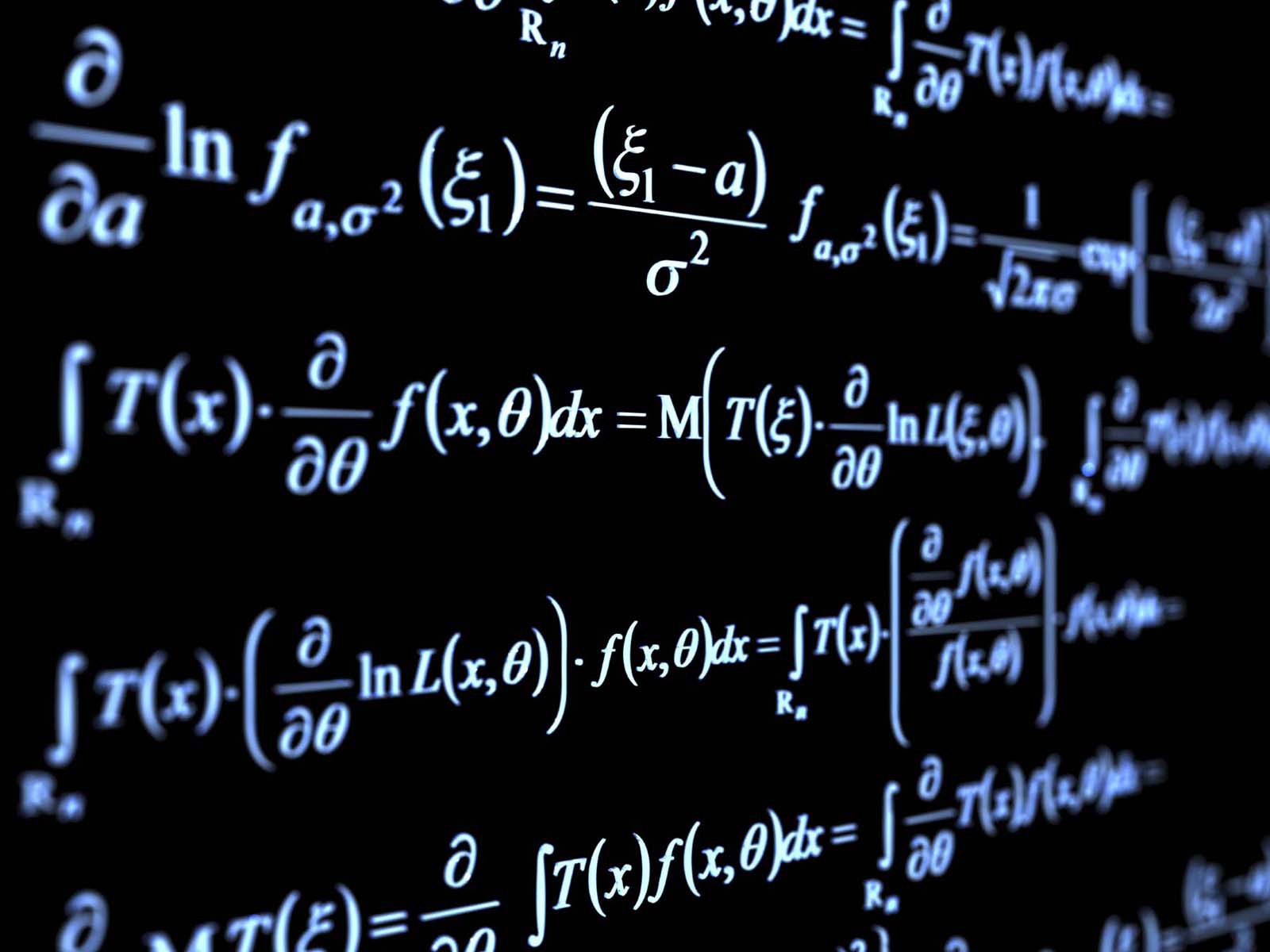The dot product means the scalar product of two vectors. It is a scalar number obtained by performing a specific operation on the vector components. The dot product is applicable only for pairs of vectors having the same number of dimensions. The symbol used for the dot product is a heavy dot. This dot product is extensively in mathematics as well as in Physics. This article will explain the dot product formula with examples. Let us learn it!
Dot Product Formula
What is a Dot Product?
The concept of dot product says that two vectors can be multiplied for getting the scalar quantity. It is used for getting the product. It is giving the products of two or more vectors in two or more dimensions.
The geometric definition of the dot product says that the dot product between two vectors a and b is given as:
\({a} \cdot {b}\) = \(\left | a \right |\left | b \right |\cos \theta\)
where \(\theta\) is the angle between two vectors a and b. Although this formula is nicely used for understanding the properties of the dot product. A formula for the dot product in terms of the vector components will make it easier to calculate the dot product between two given vectors.

The Formula for Dot Product
1] As a first step, we may see that the dot product between standard unit vectors, i.e., the vectors i, j, and k of length one and parallel to the coordinate axes.
The standard unit vectors in three dimensions. The standard unit vectors in three dimensions, i, j, and k are length one vectors that point parallel to the x-axis, y-axis, and z-axis respectively. Since the standard unit vectors are orthogonal, we immediately conclude that the dot product between a pair of distinct standard unit vectors is zero:
\({i} \cdot {j}\) = \({i} \cdot {k}\) = \({j} \cdot {k} = 0\)
2] The dot product between a unit vector and itself can be computed. In this case, the angle is zero and cos \(\theta = 1\) as \(\theta = 0\). Given that the vectors are all of length one, the dot products are
\({i} \cdot {i}\) = \({j} \cdot {j}\) = \({k}\cdot {k}\) = 1
3] Since we know the dot product of unit vectors, we can simplify the dot product formula to,
\({a} \cdot {b}\) = \(a_1b_1+a_2b_2+a_3b_3\)
4] If we have two vectors a = \(a_1, a_2, a_3…..a_n and b = b_1, b_2, b_3…..b_n\),
then the dot product is given by:
\(a.b\) = \(a_{1}b_{1}+a_{2}b_{2}+a_{3}b_{3}+…..+a_{n}b_{n}\) =\(\sum_{j=1}^{n}a_{j}b_{j}\)
Solved Examples for Dot Product Formula
Q.1: Calculate the dot product of a= (1, 2, 3) and b= (4, −5, 6) . What type of angle the vectors will form?
Solution: Using the formula for the dot product of three-dimensional vectors as follows,
\({a} \cdot {b}\) = \(a_1b_1+a_2b_2+a_3b_3\),
We may calculate the dot product to be:
\({a} \cdot {b}\) = \(a_1b_1+a_2b_2+a_3b_3\)
= 1(4)+2(-5)+3(6)
= 4-10+18=12.
Since \({a} \cdot {b}\) is positive, we can infer that the vectors will form an acute angle.
Q.2: Calculate the dot product of a = (−4,−9) and b = (−1,2) . What type of angle the vectors will form?
Solution: Using the following formula for the dot product of two-dimensional vectors,
\({a} \cdot {b}\) = \(a_1b_1 + a_2b_2\),
we calculate the dot product to be
\({a} \cdot {b}\) = \(a_1b_1 + a_2b_2\)
= -4(-1) – 9(2)
= 4-18
= -14.
Since \({a} \cdot {b}\) is negative, we can infer that the vectors form an obtuse angle.






I get a different answer for first example.
I got Q1 as 20.5
median 23 and
Q3 26